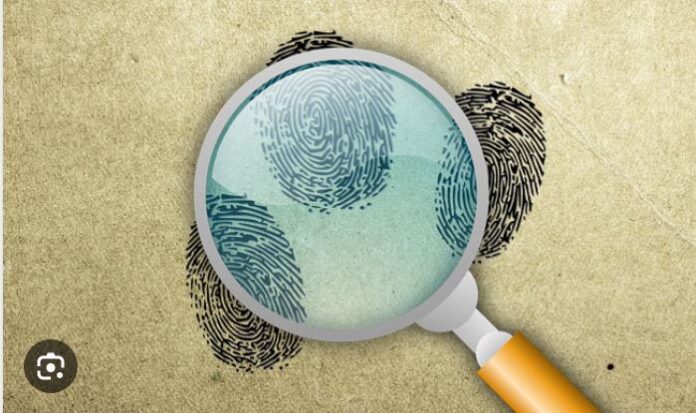Within the domain of criminal law, the emergence of forensic evidence has been a groundbreaking shift. This methodical, scientific technique for examining and resolving criminal cases has been instrumental in numerous situations, particularly cold cases – those unresolved enigmas that have persisted in obscurity for extended periods. Forensic evidence brings a ray of hope to both the families of victims and society as a whole, serving as a potent resource for unraveling these long-stagnant cases. In this article, we will explore the significance of forensic evidence in cracking cold cases and its revolutionary impact on the criminal justice system.
The Cold Case Challenge
Unsolved cases pose a distinct obstacle for law enforcement authorities. Such crimes often took place in the past, with witnesses possibly disappearing, physical evidence potentially deteriorating, and detectives perhaps retiring or moving forward. Yet, the victims’ families continue to seek closure, and society insists on justice. Forensic evidence emerges as a ray of hope in these situations.
DNA Analysis
One of the most powerful tools in the forensic arsenal is DNA analysis. Advances in DNA technology have transformed cold case investigations. DNA evidence can identify perpetrators, exonerate the wrongfully convicted, and connect cases that were once thought unrelated.
Through DNA profiling, forensic experts can extract genetic material from a variety of sources, such as hair, blood, saliva, and even touch DNA left on objects. This genetic fingerprint can be compared against databases of known offenders or used to link cases that were previously unsolved. It’s not uncommon for a single DNA match to breathe new life into an old investigation.
A prime example is the Golden State Killer case, which remained a cold case for decades. The breakthrough came when DNA evidence from the crime scenes was compared to a public genealogy database, leading to the identification and arrest of the alleged perpetrator.
Advances in Forensic Technologies
The arsenal of forensic tools extends beyond DNA analysis. Advances in technology have broadened the range of evidence that can be examined and the accuracy with which it can be analyzed. For instance, fingerprint analysis has become more sophisticated, with computer algorithms aiding in the matching of latent prints to known suspects.
Additionally, the field of digital forensics has blossomed in the digital age. Experts can extract crucial information from electronic devices, such as computers and smartphones, revealing communications, photos, and location data that can be pivotal in solving cold cases.
Challenges and Limitations
While forensic evidence has been a game-changer in solving cold cases, it is not without its challenges and limitations. Preservation of evidence over time is a significant hurdle, as physical evidence may degrade or become contaminated. Witnesses’ memories may fade, and crucial leads might have gone cold.
In cold cases, a criminal lawyer often works tirelessly to reexamine the evidence and advocate for DNA testing or other forensic analyses that may not have been available at the time of the original investigation. They may collaborate with forensic experts to scrutinize the methods used in evidence collection and analysis, looking for any potential flaws or errors that could cast doubt on the reliability of the evidence.
Forensic evidence has emerged as a powerful ally in the quest to solve cold cases. From DNA analysis to advances in forensic technologies and dedicated cold case units, these tools provide hope to victims’ families and a sense of closure to communities haunted by unsolved mysteries.
Despite the ongoing challenges and constraints, the unyielding quest for justice driven by forensic evidence persistently illuminates the darkest aspects of our criminal justice system. As technological advancements and investigative methods progress, the possibility of solving long-standing cold cases continues to increase, bringing hope that more families will ultimately discover the answers they have been seeking.
Write and Win: Participate in Creative writing Contest & International Essay Contest and win fabulous prizes.















